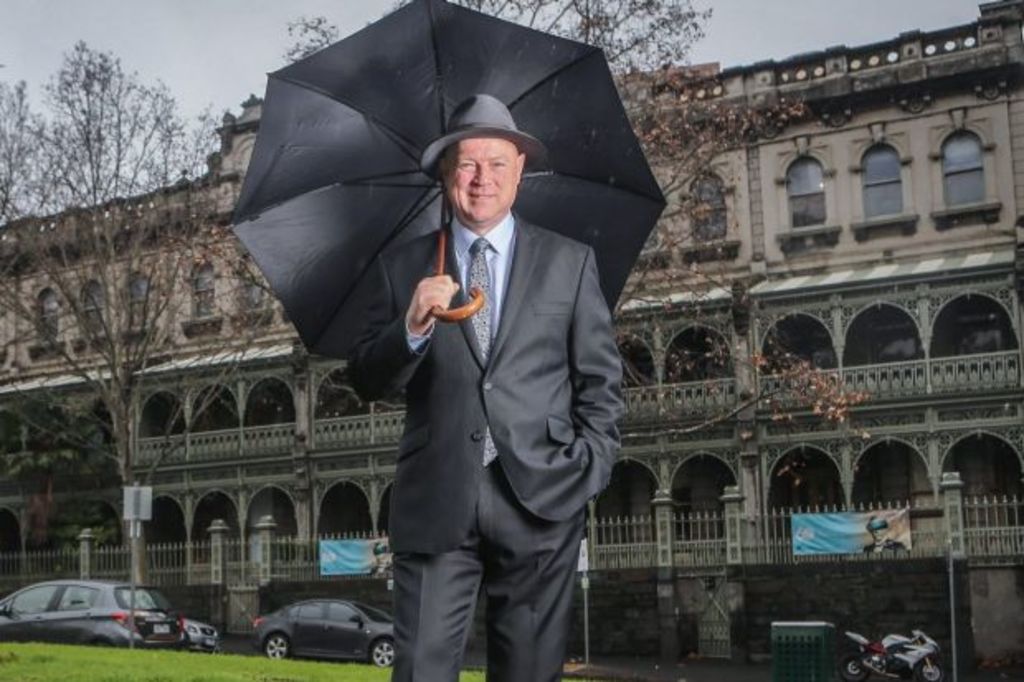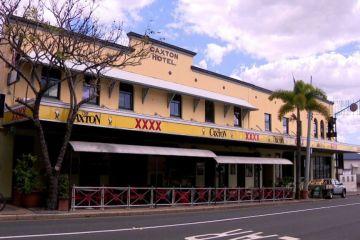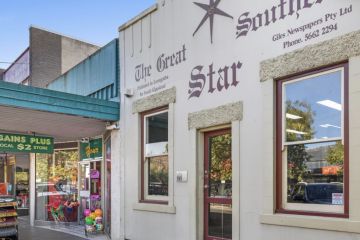New National Trust of Victoria CEO Simon Ambrose details his vision

The man who will lead one of the state’s most important cultural institutions into the future wants you to know that he is a sure pair of hands and that the National Trust’s Victorian branch “can be trusted as the absolute authority, advocate and one-stop shop to set the ground rules on Victoria’s heritage”.
Simon Ambrose, 54, chosen from a field of more than 90 candidates to be the trust’s new CEO, comes with an improbably dense and diverse CV denoting big budget, big achievement experience in the arts, heritage and tourism in WA and the eastern states.
Professionally, he started in agriculture, which “gave me the grounding in management and in the understanding that you’ve got to get in there to get things done”.
Coming most recently from leading the Sunshine Coast’s $2.5 billion tourism economy which, under his watch generated a 10 per cent growth in national and international visitation, even on a day of steady drizzle he’s thrilled to be back in Melbourne. “And very pleased to be back in a suit.”
Respectful, if even awed with the trust’s 60-year story to date, and “the passionate and focused” corps of staffers, members and volunteers he’s inherited, Ambrose says he’s in this gig for the long haul. He already has a list of ambitions he hopes will become his legacy and broaden the branch’s scope beyond Victorian-era and Melbourne-centric interests.
He wants the trust to become more digitally savvy to reach and educate younger generations. Having been involved in the repurposing of the Midland rail workshops on Perth’s outskirts, a cluster of brick buildings now housing a hospital, university, and various commercial and entertainment venues, Ambrose wants us to look at more creative ways of preserving outmoded industrial buildings.
“It’s important for us to know what’s happening with our industrial heritage because that was one of the strengths of Victoria. It’s also important for us to think about post-war heritage and architecture that’s 50 years old … heritage that’s 20 years old … even very recent buildings because we are now in the 21st century.”
Ambrose envisages that in the face of rampant redevelopment, which threatens to raze so much built history, the trust could advocate more strongly between governments, councils and developers to model win-win solutions, “where developers and planners can be shown a way to work on the adaptive reuse of lovely old buildings”.
“We don’t want development and growth to stagnate. But neither do we want growth that costs us our heritage. Could perhaps, the government or councils provide a small decrease in rates in return for retaining lovely buildings? I know that we can do it better.”
We recommend
We thought you might like
States
Capital Cities
Capital Cities - Rentals
Popular Areas
Allhomes
More







